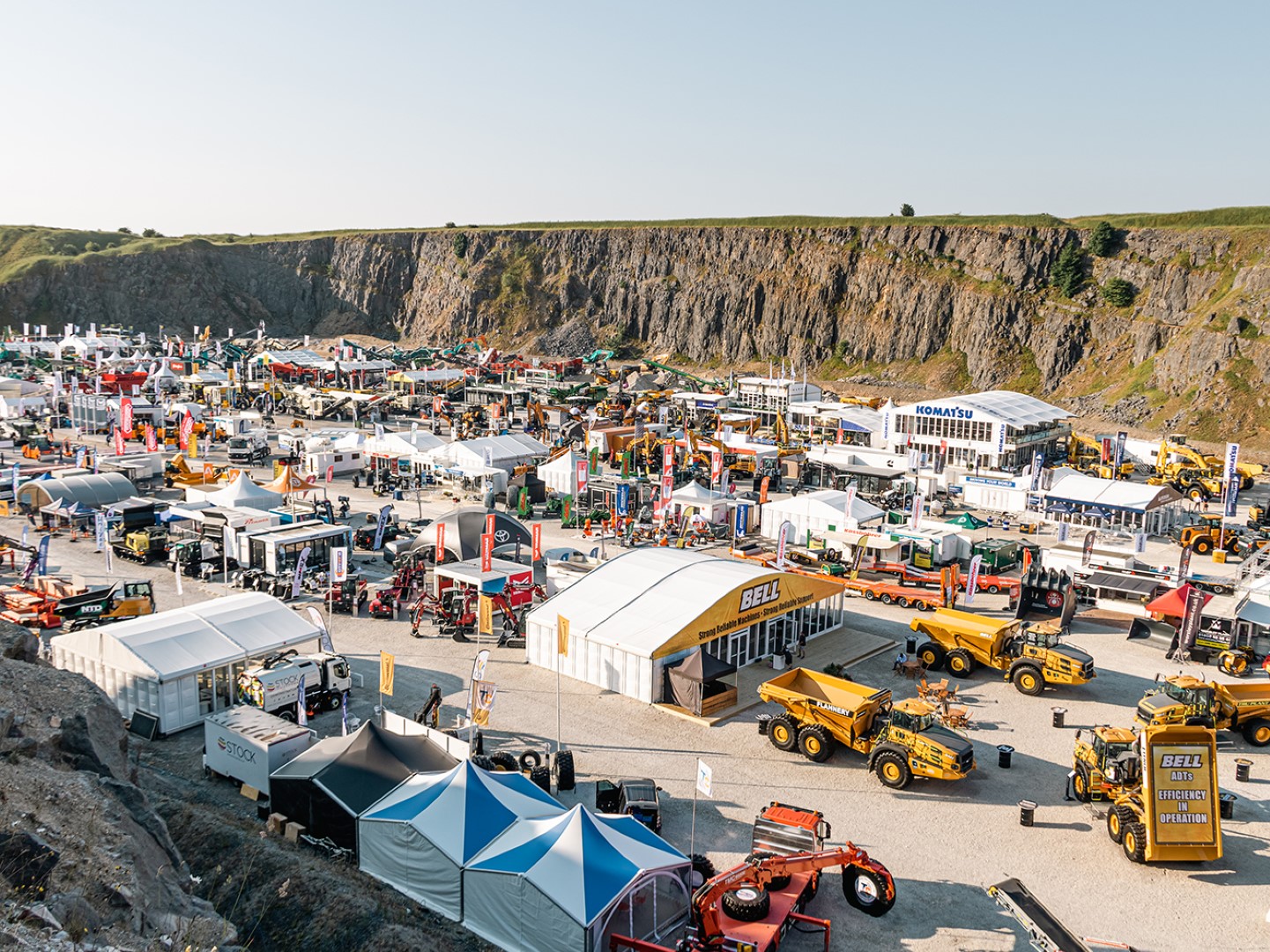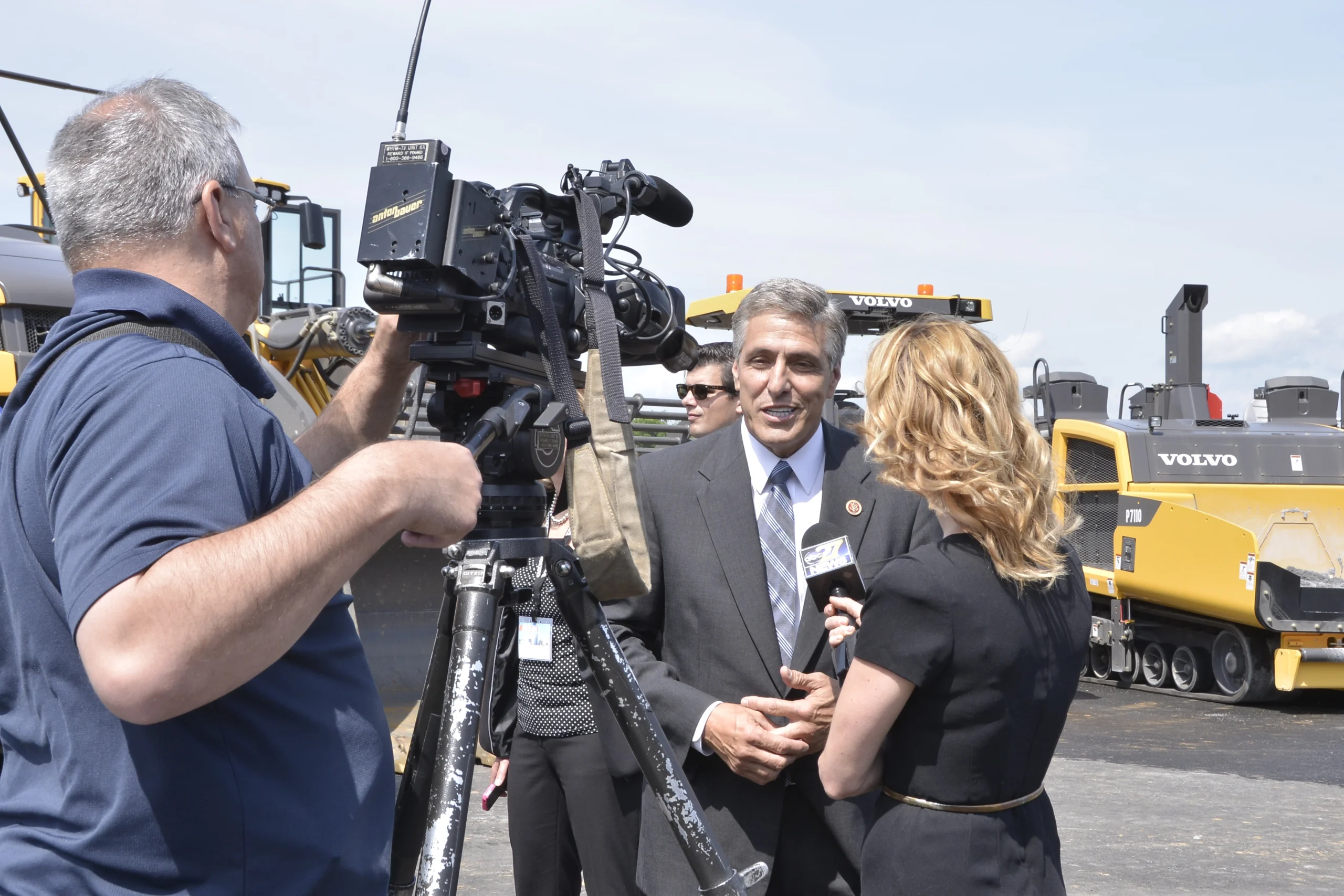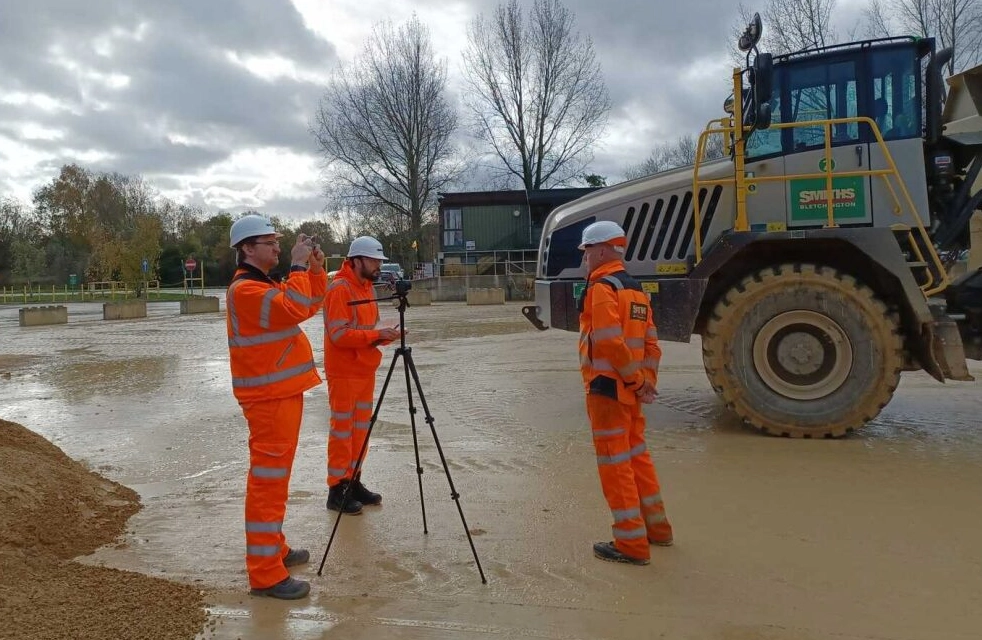At SE10 we work with almost all clients on a global scale, harnessing the expertise and extensive networks of our teams based in the USA, UK, and Singapore. Among our most common briefs is to help clients expand into new markets and lately we’ve noticed a surge in interest from European and Asian brands looking to establish or grow their business in North America.
This is where media coverage from trusted trade outlets plays a pivotal role. Quality media coverage not only boosts brand awareness among potential customers but also contributes to building credibility – and in a B2B context, credibility is the name of the game.
In industries, such as construction equipment, significant investments are at stake, ranging from hundreds of thousands to millions of dollars. Purchasing processes are complex and demand careful consideration; there’s no room for hasty choices.
So why does trade publication coverage carry such weight in encouraging customers to make a high-stakes purchase? Simply put, editors are independent industry experts and when they believe a brand or product is worth showcasing to their hard-earned and loyal readers, it signifies a remarkable vote of confidence.
Case study: SDLG’s North American launch
One of our largest and most long-standing clients at SE10 is the Volvo Group, which called on us a few years back with a new challenge – to help launch its Chinese construction equipment brand, SDLG, in North America.
First impressions count and when building media relations from scratch, we wanted to do it right. So we began by bringing members of the North American SDLG leadership team to meet with key editors in person. This time investment from the brand’s leaders demonstrated their commitment to the market and to being accessible to the media.
There’s simply no substitute for the deeper and lasting connections formed through in-person meetings, even in today’s post-COVID world, where much of our work is conducted remotely. Meeting in the flesh not only puts a face to a name but also fosters a sense of approachability, which can lead to both immediate interview opportunities and future collaborations.
Given the significance of face-to-face interactions, we also supported with exhibition attendance. We invited key media personnel to visit the SDLG booth, enabling them to see the products up close and engage in further conversations with brand experts. Once again, the goal was to forge those deep and enduring connections.
After the first machines had been delivered to customers and had been working successfully, we then shifted our focus to producing customer testimonial press releases. Like the seal of approval from trusted editors, third-party endorsements from other customers hold significant sway when it comes to establishing credibility. These testimonials validate the effectiveness of the products and the reliability of the service support.
Within just a year, our efforts bore fruit with four high-profile magazine covers, several multi-page features, and extensive online coverage. Remarkably, we achieved a 24% media share of voice among competitors, despite SDLG holding only a 4% market share at that stage.
Being part of industry conversations is the first step towards gaining sales momentum in a new market. So if you’re looking to expand into North America, remember that the path to success starts with building strong media relations and establishing your brand’s credibility.
Get in touch to discuss how we can help you achieve just that.

By Damian Joseph
Vice President
About the Author
Damian is a partner at SE10, a London-based public relations firm with offices in London, Chicago and Singapore. He works as an international media strategist and uses his experience to help clients deliver communications strategies, creative programming and compelling stories that connect with stakeholders on intellectual and emotional levels. Before moving into PR, Damian was a business journalist who specialized in innovation, technology and design. He was one of the youngest staff writers in Businessweek history and a contributor to Fast Company. He earned his master’s degree from Northwestern University.



